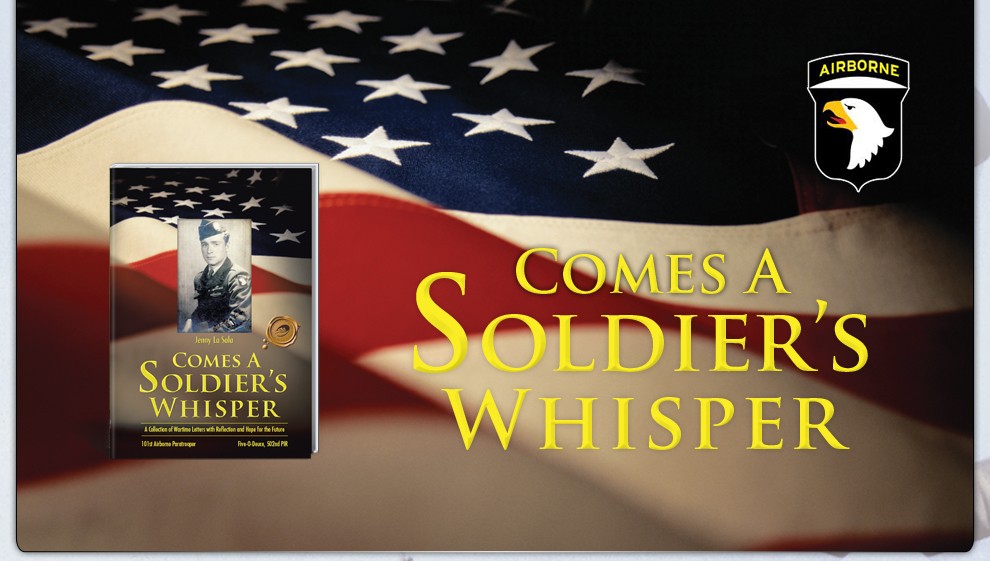


“Many of us had a very empty feeling like the job hadn’t been finished.”
I was born in Vancouver, Washington in July 1944.
I attended Colville High School, Colville, WA before enlisting 7/31/1962. My stepfather was in the Navy during WWII as an EM2 Electrician’s Mate and didn’t talk much about it. My only memory of him talking about it was when he mentioned that a torpedo hit his ship. He said it blew a hole so big you could drive a jeep through it. It was during heavy weather and the torpedo must have been set shallow and skipped before hitting because most of the damage was above the water line. The picture is with my stepfather, Glenn, Mom and me as a baby. The other picture is of Mom with her brother, Cliff, USMC.
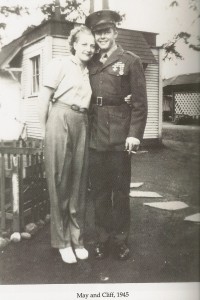
Mom was a worker in the Vancouver shipyards employed by Kaiser, building baby flat tops. They were used to “ferry” aircraft from the U.S. to the war in Europe and the Pacific. She was a “Shift Lead” and rode a Harley with a sidecar. She tells of a time when Eleanor Roosevelt came to the yard to dedicate and christen a ship most likely the Casablanca, as it was the lead ship for the class so named, “Casablanca-class Escort Aircraft Carriers. They were commonly referred to as “baby flat tops”. As she tells the story, one of Mrs. Roosevelt’s aides had been left at the security gate and needed a ride to the ceremony. Mom was dispatched to bring the gentleman to the ship. She related that he was a bit taken back when he saw the motorcycle and sidecar, but she delivered him safely to the ceremony area. Once inside the security area, she and her motorcycle weren’t allowed to leave, so she stood by waiting for the festivities to end. The aide pointed to her as he rushed to join Mrs. Roosevelt, and she waived and blew Mom a kiss. As luck would have it, Mom’s motorcycle was parked close by the limo for Mrs. Roosevelt, and as she left, she saw Mom through the window, smiled, and again waived to her.
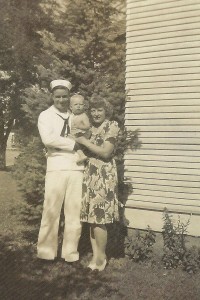
My upbringing was fairly disciplined, and so boot camp was like going to summer camp. I Went to Millington, TN for Aviation Electronics Technician school, and then onto the Airborne Early Warning Training Unit at Patuxent River, MD, before reporting to my first duty station, VW-13, Argentia, Newfoundland. We flew in the Lockheed EC-121 Super Constellation, as an extension of the DEW Line between Greenland/Iceland/UK. My MOS was U.S. Navy, Aviation Anti-Submarine Warfare Systems Operato.
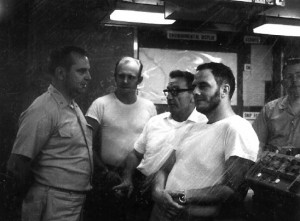
I had 30 years of service in the Navy from 1962 to 1992. My two Vietnam tours were on board the USS Ticonderoga in the South China Sea during 1971 and 1972. Being in the Anti-Submarine Warfare business, we continuously trained for an eventuality that fortunately never occurred. While in CONUS, were always honing skills we needed/might need while deployed. On deployment we were like the American Plains Indians, sneaking up on the enemy in the dark of night; counting coup, actually touching the enemy and then leaving without being detected. The group photo shows Chief Johnson, me, and civilian tech rep, Master Chief Weisbarth. This is what deployed to the South China Sea looked like for us. We chased submarines. The theory was the “bad” guys were using Haiphong for supply/resupply and we were supposed to find them. Imagine if you can, all the cars in the Super Bowl parking lot with their engines running and you want me to find the Yugo with only my ears!! That is about as declassified as I can get…
The friendships made while serving are life-long. I am still in almost daily contact with several old shipmates and their families. The bond between “comrades in arms,” whether we actually served together or in separate commands/actions, is unlike any other. I cannot imagine a civilian occupation that would forge that closeness.
In my time we stayed in touch with family and friends through letters (many sent but never received by family or service member. Occasionally, we could talk on the MARS (Military Amateur Radio System) radio, which was HF and everyone in the world could listen if they wanted.
At the Vietnam War ended, we were back in the states, training for the next deployment. As ecstatic as we were to get our POW’s back, I believe many of us had a very empty feeling like the job hadn’t been finished, more correctly, we hadn’t been allowed to finish …
I experienced no difficulties with the reception received as we returned from deployment. As fortune would have it, I was “ship’s company,” so returning was always pier side. Our homecomings were pretty much the same all the time. Because we were home ported at NAS North Island, San Diego (more correctly Coronado) there were always family and friends waiting for us. Protestors didn’t bother us. But they couldn’t have gotten on base anyway. I have a lot to say to the protestors, but it’s best left unsaid. They have a right to express their beliefs.
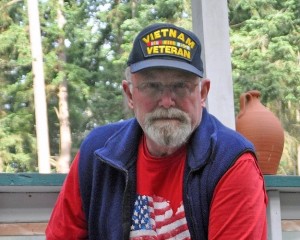
When people thank me for my service today, I am honored, humbled, and thankful. Our community here is relatively small, with a considerable number of military retiree’s. Most of us wear some piece of our past every day. It might be a watch, tee shirt, ball cap, etc. We regularly compliment, thank each other and share war stories. My children are all old enough to have served and now retired from military service. There are many young men and women in communities all across our nation who have served multiple tours in the box. I feel emotionally tied to them and pray for them daily. I don’t know why, but I’m much more emotional now when I see a report of or hear of a loss of life …
Today, I’m enjoying retirement and active in my church and community. I’m one of the hundreds of thousands who the VA seems to be waiting for us to die before they pay earned benefits.
~ Michael C. Hobbs, Master Chief Petty Officer, USN (ret) Vietnam Veteran
We honor and share Veteran stories
www.JennyLasala.com
